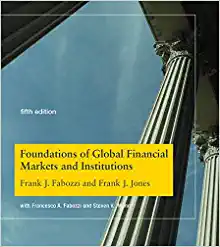
Solve clearly
6. Expectations and the Phillips curve The following graph shows an economy in long-run equilibrium at point A (grey star symbol). The vertical line is the long-run Phillips curve (LRPC). The downward-sloping curve labeled SRPC, is the short-run Phillips curve passing through point A. ? SRPC1 LRPC V INFLATION RATE (Percent) N 2 3 4 5 6 7 UNEMPLOYMENT RATE (Percent) Which of the following is true along SRPC,? The expected inflation rate is 5%. The natural rate of unemployment is 3%. The actual unemployment rate is 6%. The actual inflation rate is 5%. Suppose that the Fed suddenly and unexpectedly decreases the money supply in an effort to reduce inflation. As a result of this unanticipated action, actual inflation falls to 3%. On the previous graph, use the black point (plus symbol labeled "B") to illustrate the short-run effects of this policy. Now, suppose that-after a period of 3% inflation-households and firms begin to expect that the inflation rate will continue to be 3%. On the previous graph, use the purple line (diamond symbol) to draw SRPCy, the short-run Phillips curve that is consistent with these expectations, assuming that it is parallel to SRPC- Finally, using the orange point (square symbol labeled "C"), indicate on the previous graph the new, long-run equilibrium for this economy. The inflation rate at point C is the inflation rate at point A, and the unemployment rate at point C is the unemployment rate at point A. Was the Fed able to achieve its goal of lowering inflation? No, because the Fed cannot affect the inflation rate through monetary policy. Yes, the Fed's policy successfully reduced inflation in both the short run and the long run. Yes, but only in the short run; in the long run, inflation returned to its natural rate. Now, suppose that the public fully anticipates the Fed's decision to decrease the money supply. Assume the public also believes that the Fed is firmly committed to carrying out this policy. According to rational expectations theory, when the economy is in long-run equilibrium, a fully anticipated decrease in the money supply will cause the economy to move on the previous Phillips curve graph. In this case, rational expectations theory predicts that the fully anticipated decrease in the money supply will have the immediate effect of in the inflation rate and in the unemployment rate








